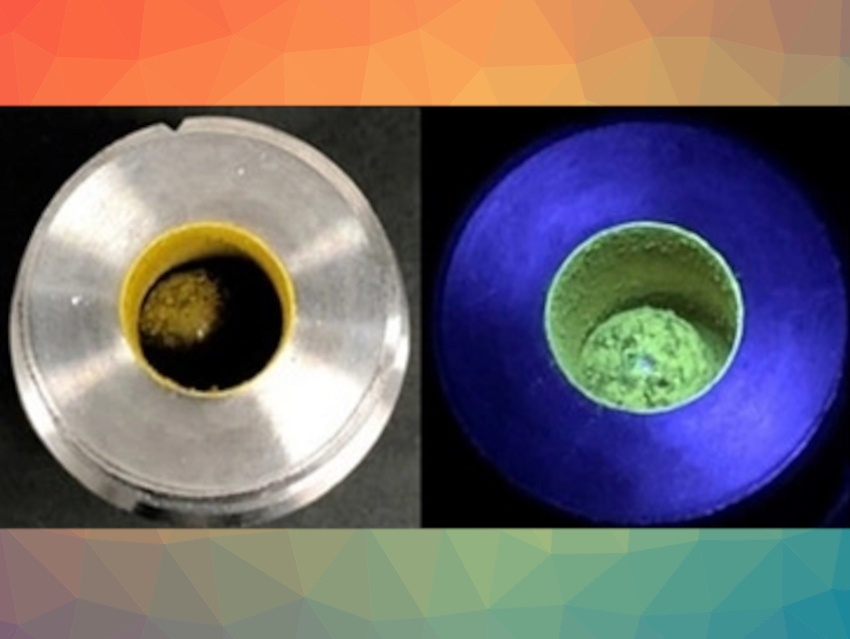Functional materials such as luminescent polymers can have applications, e.g., in organic lasers, solar cells, sensors, or bioimaging. However, the preparation of these polymers often requires multi-step chemical syntheses. Ball milling of synthetic polymers causes breaks in the polymer chain and generates free radicals known as mechanoradicals, which could be useful for a simpler synthesis of luminescent polymers.
Koji Kubota, Mingoo Jin, Hajime Ito, Hokkaido University, Sapporo, Japan, and colleagues have found that a molecule with weak fluorescence, bearing a nitroxide radical tethered to a coumarin-based luminophore (pictured below), can react with such short-lived mechanoradicals generated from a wide range of polymers by ball-milling. With this approach, the team obtained the corresponding luminescent polymeric materials from polystyrene (PS), polymethyl methacrylate (PMMA), polyethylene (PE), polyphenylene sulfide (PPS), and polysulfone (PSF). All materials showed blue or green fluorescence.

Using this method, commodity polymers could be functionalized with various substituents and transformed into more valuable functional materials without the need for sophisticated chemical synthesis. According to the researchers, the work could, e.g., inspire the development of new mechanical-force-induced sensing and recording materials.
- Introduction of a Luminophore into Generic Polymers via Mechanoradical Coupling with a Prefluorescent Reagent,
Koji Kubota, Naoki Toyoshima, Daiyo Miura, Julong Jiang, Satoshi Maeda, Mingoo Jin, Hajime Ito,
Angew. Chem. Int. Ed. 2021.
https://doi.org/10.1002/anie.202105381



